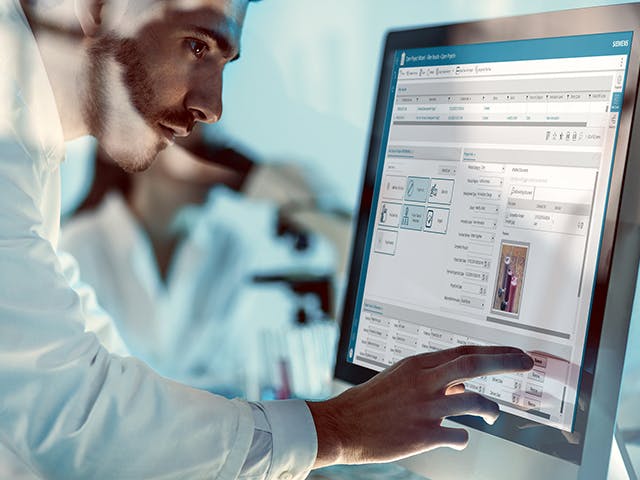마스터 배치 기록은 제조업체가 올바른 재료와 올바른 공정을 올바른 순서로 사용하여 설계된 대로 제품을 만들 수 있도록 하기 위한 것입니다. 핵심 결과는 제품 특성과 성능이 배치에서 동일하다는 것입니다. 역사적으로 마스터 배치 레코드는 종이에 생성되고 유지 관리되었습니다. 마스터 배치 레코드 소프트웨어를 사용하여 전자 마스터 배치 레코드를 생성하고 관리하면 접근성, 더 쉬운 버전 관리, 규정 준수 시행 기회, 오류 감소 및 효율성 향상 등 다양한 이점을 얻을 수 있습니다. 마스터 배치 기록 소프트웨어는 제조 실행 시스템(MES) 의 일부이며 MES 워크플로 관리와 원활하게 통합됩니다. 이 통합은 배치 생산 작업을 간소화합니다. 마스터 배치 레코드는 해당 기술 담당자가 작성합니다. MBR 소프트웨어를 사용하면 이러한 개인이 각 제품 및 배치 크기에 대한 마스터 배치 기록을 효율적으로 설계, 실행, 검토 및 릴리스할 수 있습니다. 이름에서 알 수 있듯이 마스터 배치 레코드(또는 마스터 생산 레코드 또는 마스터 제조 공식)는 제품의 계획된 제조를 제시합니다. 마스터 배치 레코드 다음에 오는 각 배치에 대해 전자 배치 레코드(eBR) 가 생성됩니다. 마스터 배치 레코드가 배치하는 것은 발생할 것으로 예상되는 것입니다. 전자 배치 기록은 개별 배치의 생산에서 실제로 어떤 일이 발생했는지, 즉 어떤 재료 로트, 특정 장비 및 작업자가 관련되었는지를 문서화합니다. 각 단계의 지속 시간; 샘플 및 테스트 결과; 등등.
관련 제품: Opcenter Execution Pharma | 옵센터 실행 RD&L


